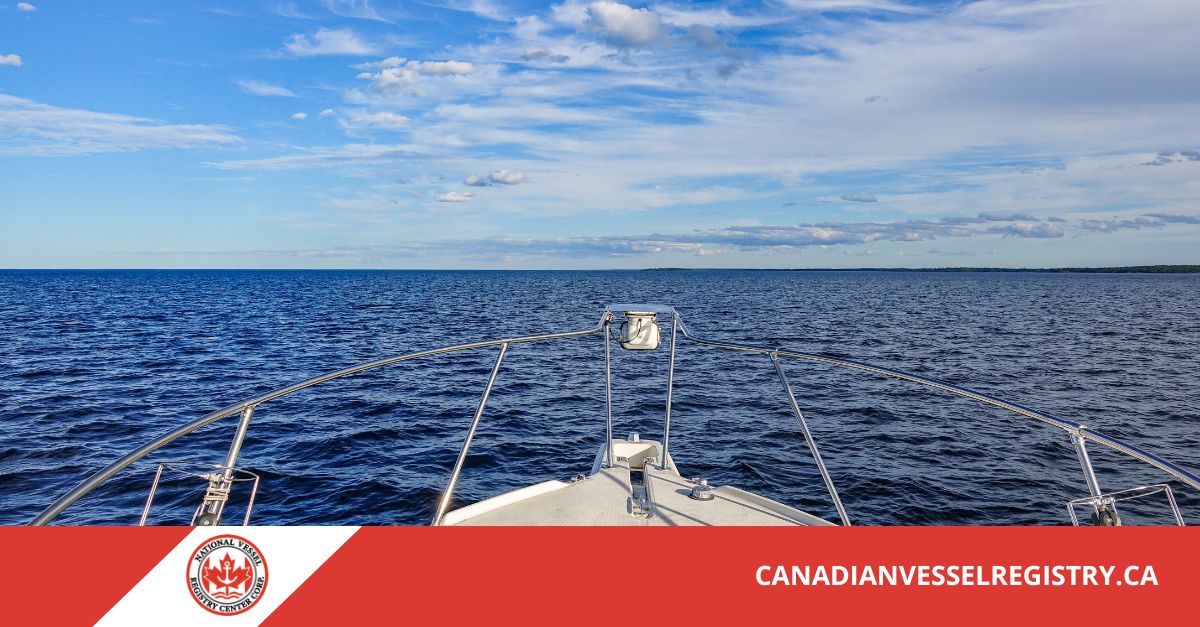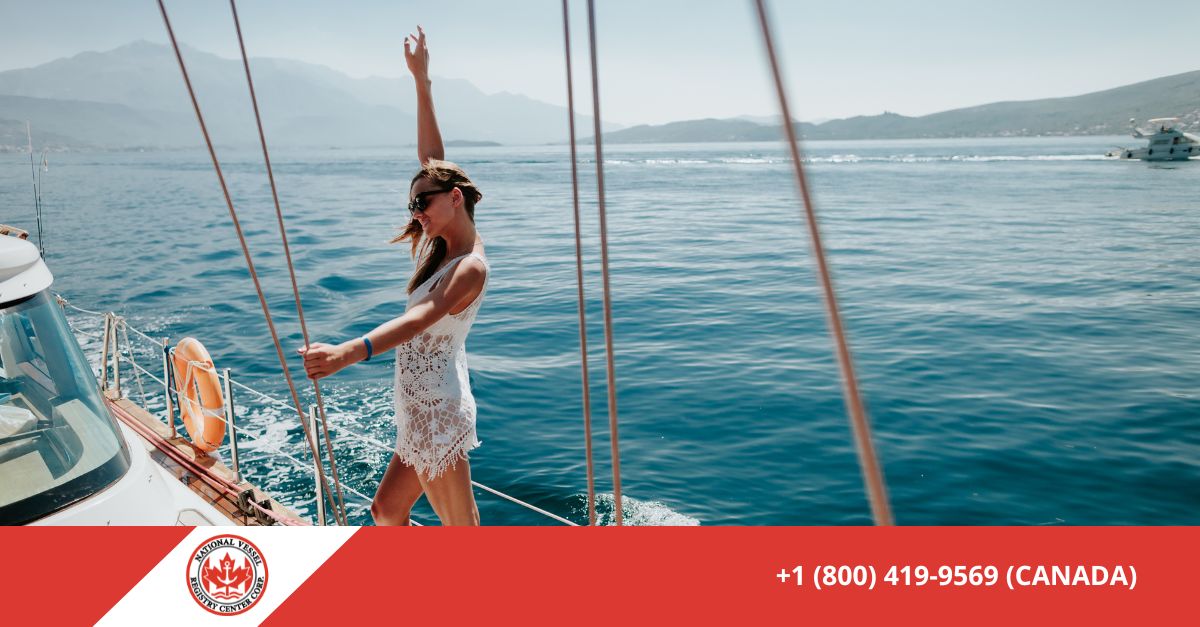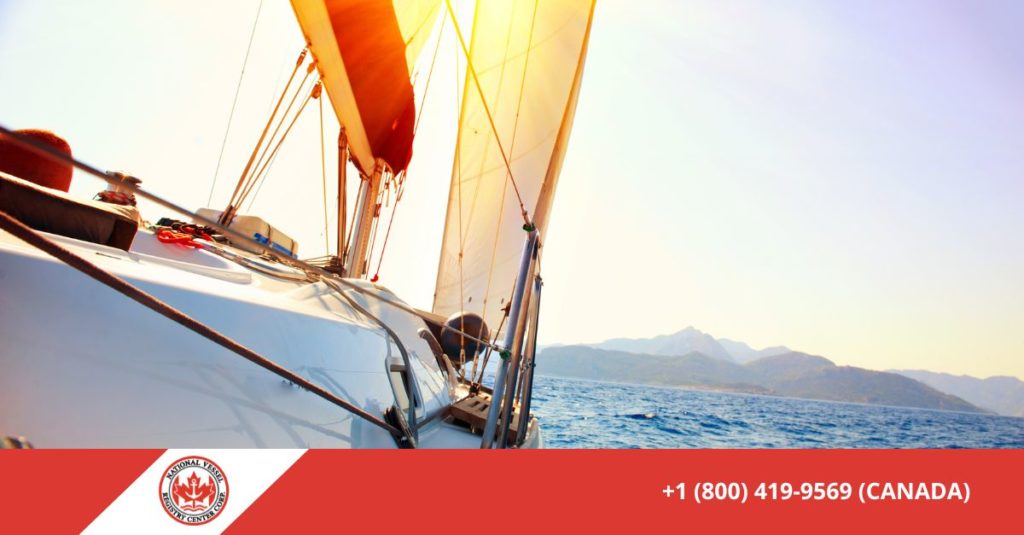Your pleasure craft licence must be displayed on the forward half of your boat, positioned where it remains clearly visible to marine enforcement officers during inspections. The licence should be mounted on the starboard side when possible, though either side of the forward section meets regulatory requirements.

Our service provides the forms you need to obtain your licence properly, ensuring you have the correct documentation to display according to federal standards.
Proper licence display protects you from potential fines and demonstrates compliance with Canadian boating regulations. Marine enforcement officers regularly check for visible licence placement during routine patrols, making correct positioning essential for every boat owner.
Optimal Placement Locations for Your Licence
Finding the perfect spot for your pleasure craft licence requires balancing visibility requirements with practical boating considerations. The forward half rule provides flexibility while ensuring enforcement officers can easily spot your documentation.
The starboard side traditionally serves as the preferred location for licence display. This convention stems from maritime traditions and makes inspections more predictable for both boaters and enforcement personnel. However, port side placement remains completely acceptable under current regulations.
Consider your boat’s design when selecting the exact mounting location. The goal is maximum visibility without interfering with boat operation or safety equipment.
Weather protection plays a crucial role in licence longevity. While the licence must remain visible, protecting it from direct spray and excessive sun exposure helps maintain its readability over time. Strategic placement near overhangs or in recessed areas can provide some protection while meeting visibility requirements.
Our forms ensure you receive a properly formatted licence that meets all display standards. We help streamline the application process so you can focus on finding the ideal mounting location for your specific boat.
Interior vs Exterior Display Options
Current regulations permit both options as long as the licence remains visible to inspecting officers without requiring them to board your boat.
Exterior mounting offers the clearest compliance with visibility requirements. Officers can immediately see your licence from their patrol boats or docks without any question about accessibility. This approach eliminates potential confusion during inspections.
Interior mounting through windows or glass doors can work effectively on many boats. The licence must be positioned so officers can read it clearly from outside the boat, which typically means mounting it flat against a window or clear panel.
Hardtop boats with enclosed cabins might find interior mounting more practical for weather protection. Ensure the mounting location provides unobstructed views from multiple angles, as officers might approach from different directions.
Mounting Methods and Materials
Selecting appropriate mounting hardware ensures your licence stays securely positioned while remaining easily readable. The mounting method should account for your boat’s materials, typical weather exposure, and ease of replacement needs.
Marine-grade adhesive strips work well for temporary mounting or frequent licence updates. These strips resist saltwater exposure and UV damage while allowing clean removal when necessary. They’re particularly useful for pleasure craft licence transfer situations where the licence might change hands.
Permanent mounting brackets suit boats where the licence location won’t need frequent adjustment. These brackets can be fabricated from stainless steel or marine aluminum to resist corrosion. They offer superior security against weather and vibration.
Magnetic mounts provide an interesting option for steel-hulled boats. Marine-grade magnetic holders resist corrosion while allowing easy removal for cleaning or replacement. However, ensure the magnetic strength adequately secures the licence against wind and spray.
Lamination or protective covers extend licence life significantly. Clear marine-grade covers protect against UV fading, water damage, and physical wear while maintaining readability. These covers often include mounting provisions that simplify installation.
Compliance with Maritime Regulations
Licence display requirements stem from Canadian maritime laws designed to facilitate marine enforcement and safety operations. These regulations balance practical boating needs with law enforcement requirements.
Enforcement officers need quick licence verification during routine patrols and emergency responses. Proper display helps expedite these interactions, allowing officers to confirm your boat’s legal status without extended inspections.
Regular compliance checks occur throughout the boating season. Officers patrol popular boating areas and conduct random inspections to ensure all boats carry proper documentation. Visible licence display demonstrates your commitment to following regulations.
Non-compliance can result in significant penalties including fines and potential boat detention. These consequences far outweigh the effort required for proper licence display, making compliance a practical necessity for all boat owners.
Documentation requirements extend beyond simple licence display. Officers may request additional paperwork during inspections, so keeping all boat documentation organized and accessible proves beneficial for smooth encounters.

Inspection Procedures and Expectations
Marine enforcement officers follow standardized procedures during boat inspections that rely on visible licence display. These procedures help ensure consistent enforcement while minimizing disruption to your boating activities. Proper placement can sometimes eliminate the need for boarding inspections.
Boarding inspections involve officers coming aboard to examine documentation more closely. They’ll verify licence information against boat specifications and owner identification. Having your licence properly displayed and easily accessible speeds this process considerably.
Documentation verification includes checking licence validity, owner information, and boat specifications. Officers may also request additional documentation such as registration papers or safety equipment certificates during comprehensive inspections.
Courteous cooperation during inspections benefits everyone involved. Officers appreciate boaters who maintain proper documentation and display, while compliant boaters experience smoother, faster inspection processes.
Special Circumstances and Exceptions
Certain boating situations create unique licence display challenges that require creative solutions while maintaining regulatory compliance. Our forms help you obtain proper documentation regardless of your specific circumstances.
Racing boats often modify their appearance significantly for competition purposes. Temporary licence mounting solutions allow compliance during normal operation while permitting race configuration changes. Magnetic or adhesive mounting works well for these applications.
Commercial operators using pleasure craft for business purposes face additional documentation requirements. While the basic licence display rules apply, these operators might also need Canadian Ship Registry documentation depending on their specific activities.
Shared ownership situations require clear licence display showing current operator information. The person operating the boat must ensure proper documentation is visible, regardless of who actually owns the boat.
Rental boats present unique challenges since operators change frequently. Rental companies typically handle licence display as part of their operational procedures, but renters should verify proper documentation before departing.
Maintenance and Replacement Procedures
Regular licence maintenance ensures continued compliance and readability throughout its validity period. Proactive care prevents emergency replacement situations and maintains professional appearance.
Monthly inspections help identify developing problems before they become serious. Check for fading, cracking, moisture damage, or loosening mounting hardware during routine boat maintenance periods.
Cleaning procedures should use marine-safe products that won’t damage licence materials or mounting hardware. Gentle soap solutions and soft cloths typically suffice for routine cleaning without causing deterioration.
Replacement timing depends on licence condition and regulatory requirements. Don’t wait until the licence becomes completely unreadable before ordering replacement documentation through our forms service.
Emergency replacement situations require expedited processing to maintain legal compliance. Keep backup documentation information readily available to speed replacement orders when necessary.
Damage Prevention Strategies
Preventing licence damage proves more cost-effective than frequent replacements while ensuring continuous regulatory compliance. Simple preventive measures significantly extend licence life and readability.
Protective covers shield licences from direct weather exposure while maintaining required visibility. Marine-grade clear covers resist UV damage, scratching, and chemical exposure from cleaning products.
Strategic positioning away from high-wear areas reduces accidental damage from dock lines, fenders, and normal boat operations. Consider traffic patterns around your chosen mounting location.
Regular hardware inspection prevents mounting failures that could result in licence loss overboard. Saltwater environments accelerate corrosion of mounting hardware, requiring periodic replacement.
Documentation backup through photographing or scanning provides emergency reference if the physical licence becomes damaged or lost. Store backup copies in waterproof containers separate from the original.
Pleasure Craft Licence Vs. Registration for Your Situation
Our service simplifies the pleasure craft licence application process by providing the correct forms for your specific boat and circumstances. We eliminate guesswork by matching you with appropriate documentation based on your boat’s specifications.
Whether you’re obtaining your first licence, handling a pleasure craft licence transfer, or replacing damaged documentation, our forms provide the foundation for successful applications. We make the bureaucratic process straightforward so you can focus on enjoying your time on the water with properly displayed documentation.

